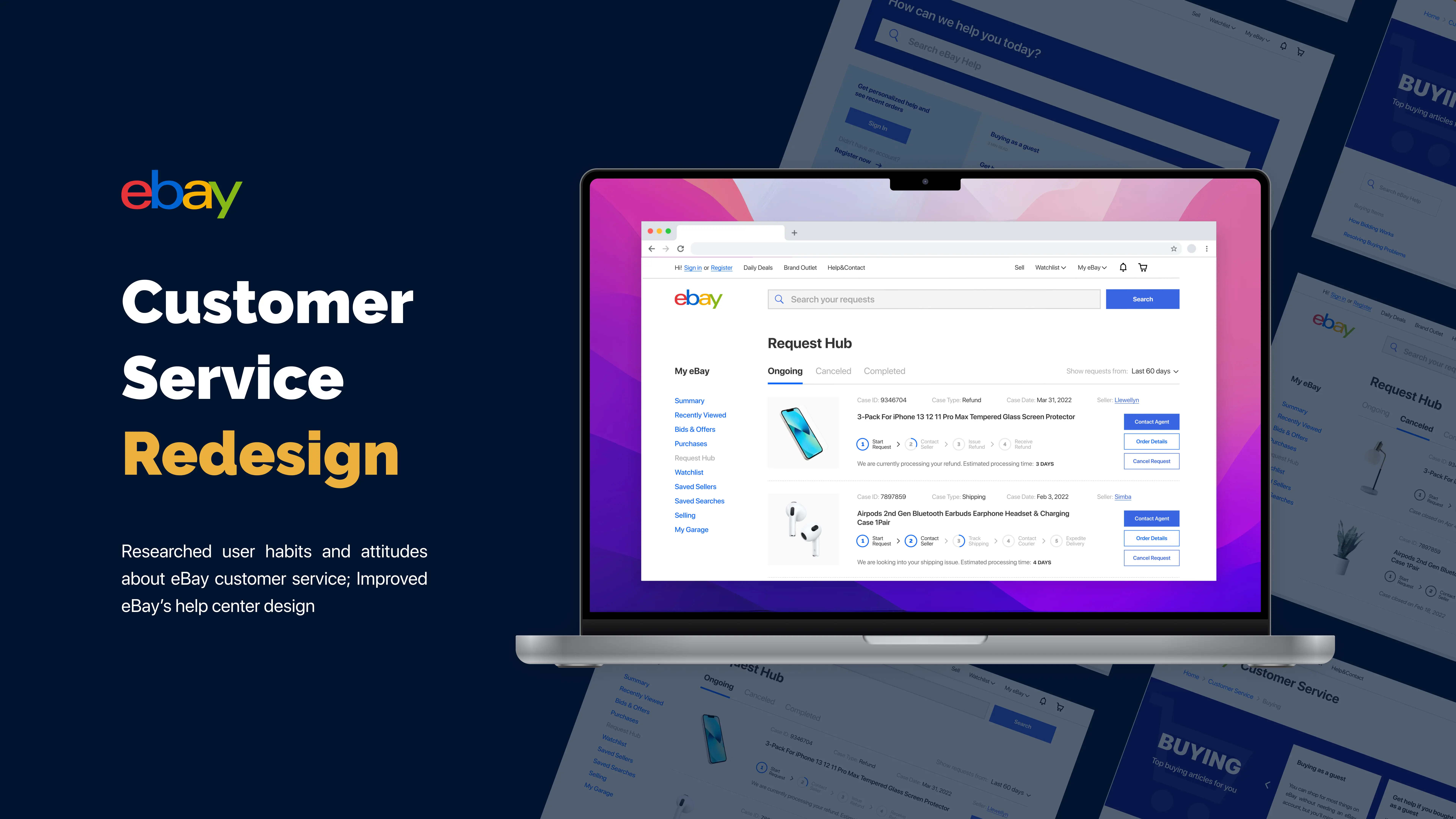
Duration
5 Months
Role
UX Designer / User Researcher
Member
Xi pang, Boya Ren
Project type
Product Design / UX
Tools
Figma, UserZoom
Company
eBay
Design Process

Problem Statement
At the early stage, we closely kept in touch with the eBay team to quickly understand the problem space and their business needs. Based on our mutual discussions, we decided to choose US buyers as our target users. This was to ensure we could get adequate insights about a particular user group within the limited timeframe. Plus, US buyers can be more easily reached out to considering our geographic location. After multiple meetings with eBay, we finalized our HMW statement as follows:

Problem Goals
According to the HMW statement, we summarized 8 project objectives. Some of them are related to enhancing eBay's current customer service flow. Some are focused on improving customers' awareness of available help channels. Others try to figure out the changes in users' needs and expectations in terms of customer service after Covid. We evaluated the goals with the eBay team and moved forward with the following 3 since they are both aligned with eBay's needs and manageable in scope.
Competitor Analysis
In terms of customer service, there are already a lot of famous brands that have set examples for us. We thought it's a good idea to first refer to them and gain necessary domain knowledge before we reached out to customers. Since eBay is an online shopping platform, we decided to mostly aim at e-commerce platforms for our research.


Customer Interview
Following the "Define" stage, we decided to conduct semi-structured interviews to further understand target users. In view of the fact that users have different levels of experience as to eBay's customer service, we prepared distinct questions for different user groups. Questions were designed to inquire about users' needs, expectations, pain points, habits, awareness, and attitudes about eBay customer service. We also asked users to evaluate the impact of Covid on their customer service experience.

Affinity Mapping
Affinity mapping was chosen as the analytic tool to help the team extract key findings from user interviews. Again, we created 2 sets of affinity map based on different user groups.

Persona
Based on what users told us during interviews and what we generalized in affinity mapping, we created 2 user personas to guide our design process. One persona is for users with CS experience. Another is for users without related experience before. Besides user quotes and demographics, we showed their help channel preferences, valued qualities in customer service, as well as expectations about future help experiences.

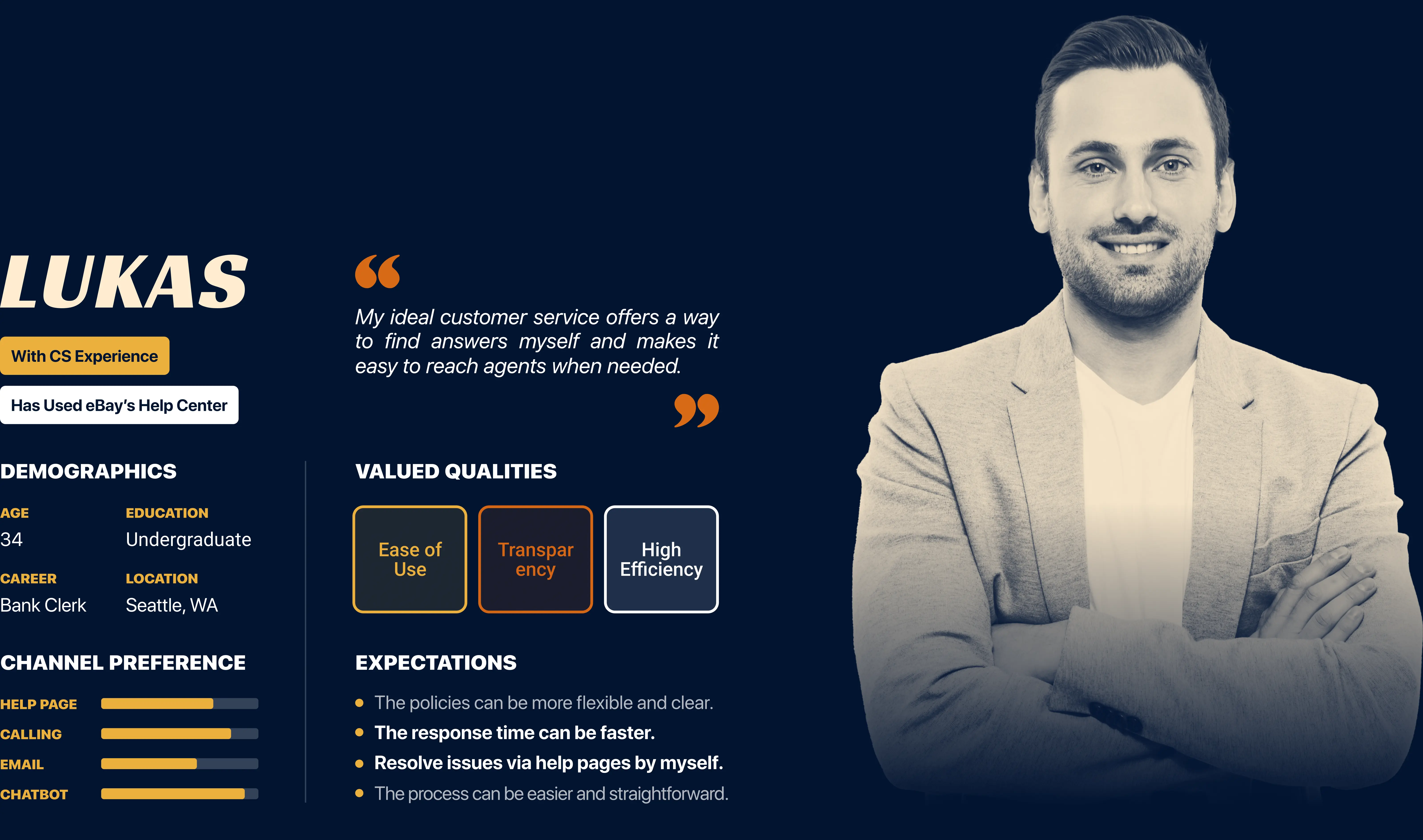
Channel Feedback
Through competitor analysis and secondary research, we realized that chatbot, email, phone call, and help center (knowledge base) are the most common help channels used by both users and platforms. Thus, we paid close attention to user feedback about these channels during interviews and summarized the following findings through affinity mapping.
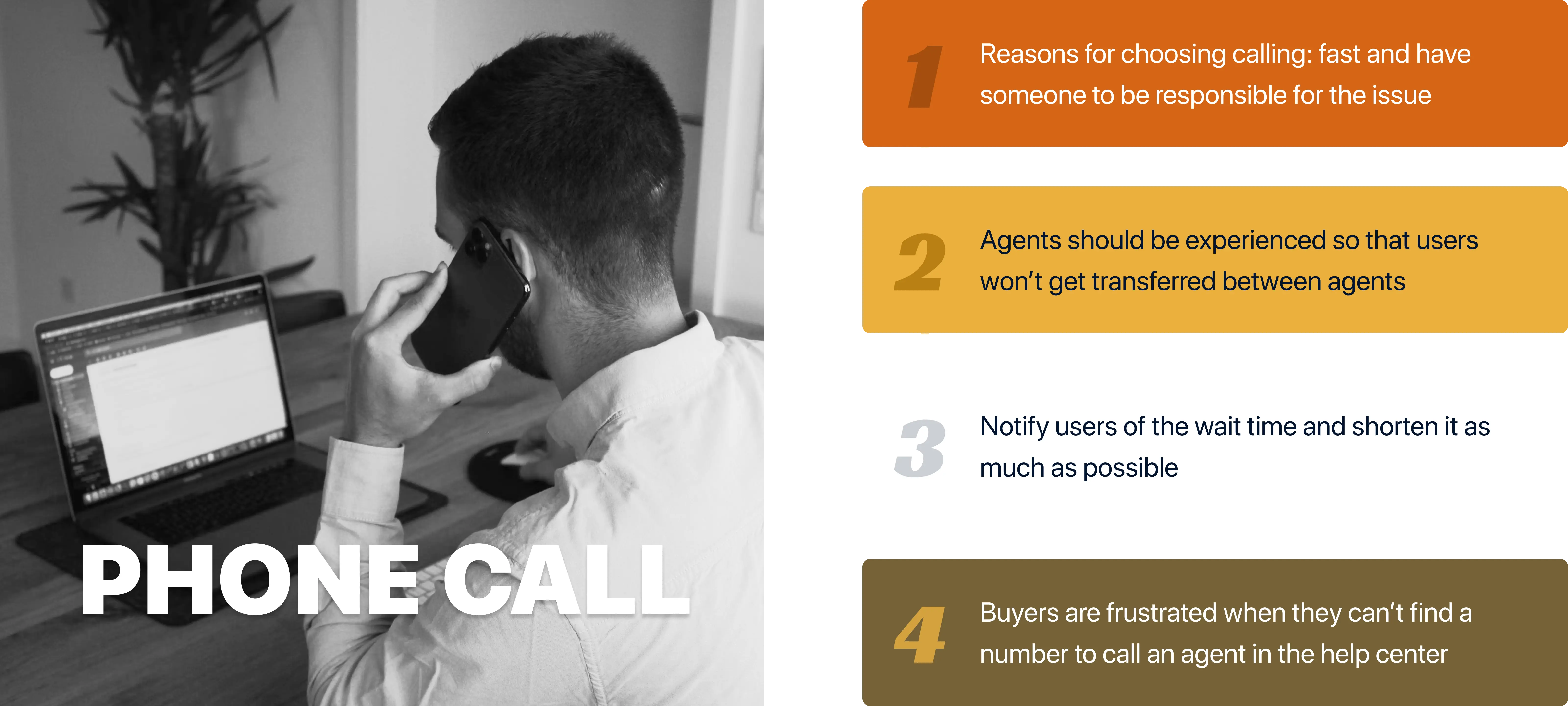
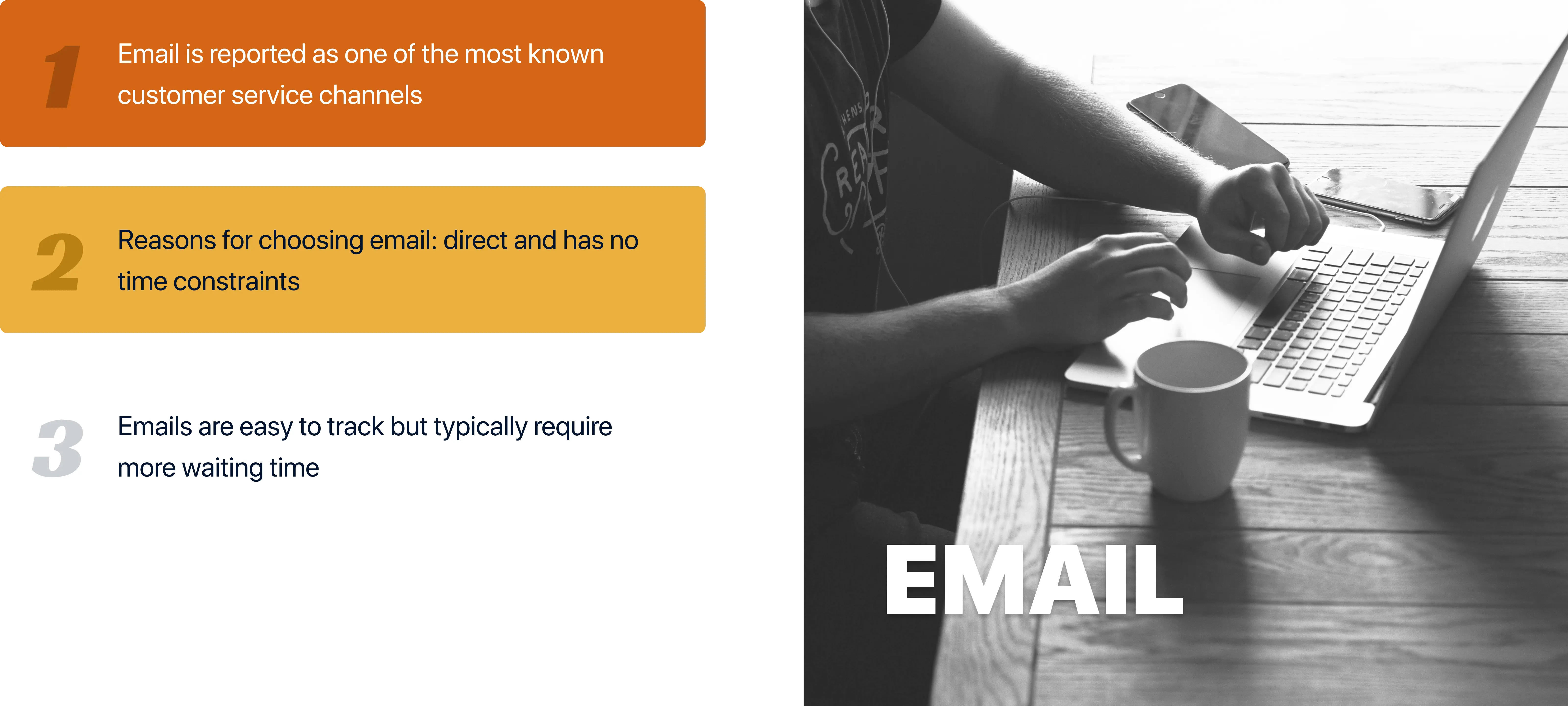

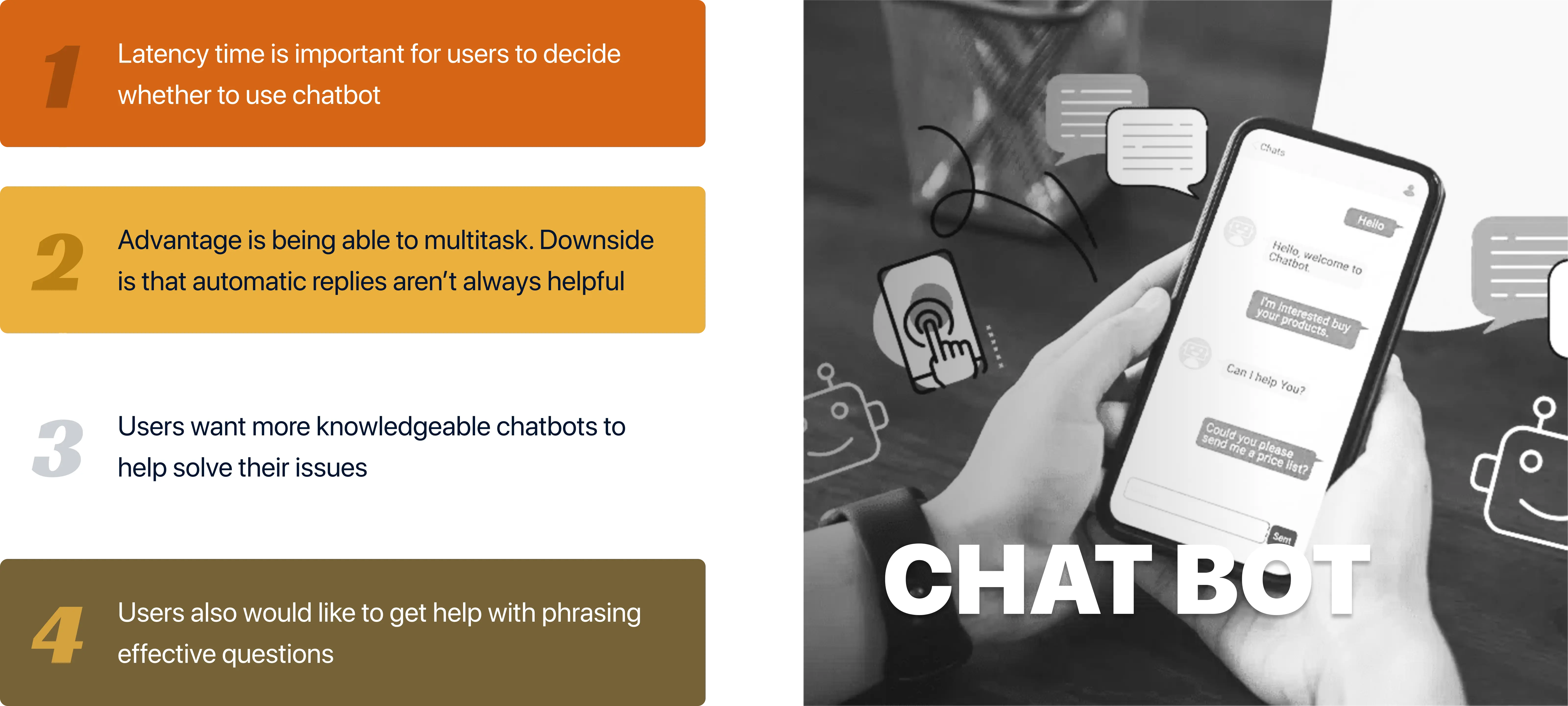

Other Insights
Aside from channel feedback, we also extracted other insights, like common issues users faced during customer service, their expectations, the changes in their behavior and attitude after Covid. More importantly, we got inspiration from users about potential features that they want, such as request tracking, voice interaction in chatbot, and search bar redesign.
Design Requirements
Before heading into brainstorming, we generalized 6 design requirements based on all the previous research. These design requirements serve as guidelines to ensure our ideas respond to users' needs and voices.

Ideation & Concept Evaluation
In the ideation process, we brainstormed 6 ideas to address the problems discovered during the user research. We tried to make each idea match at least 1 design requirement, although some ideas corresponded to multiple requirements at once. Low fidelity prototypes were created for each idea and shared with eBay team for evaluation. The eBay team rated ideas on a scale of 1-5 and provided feedback as well.
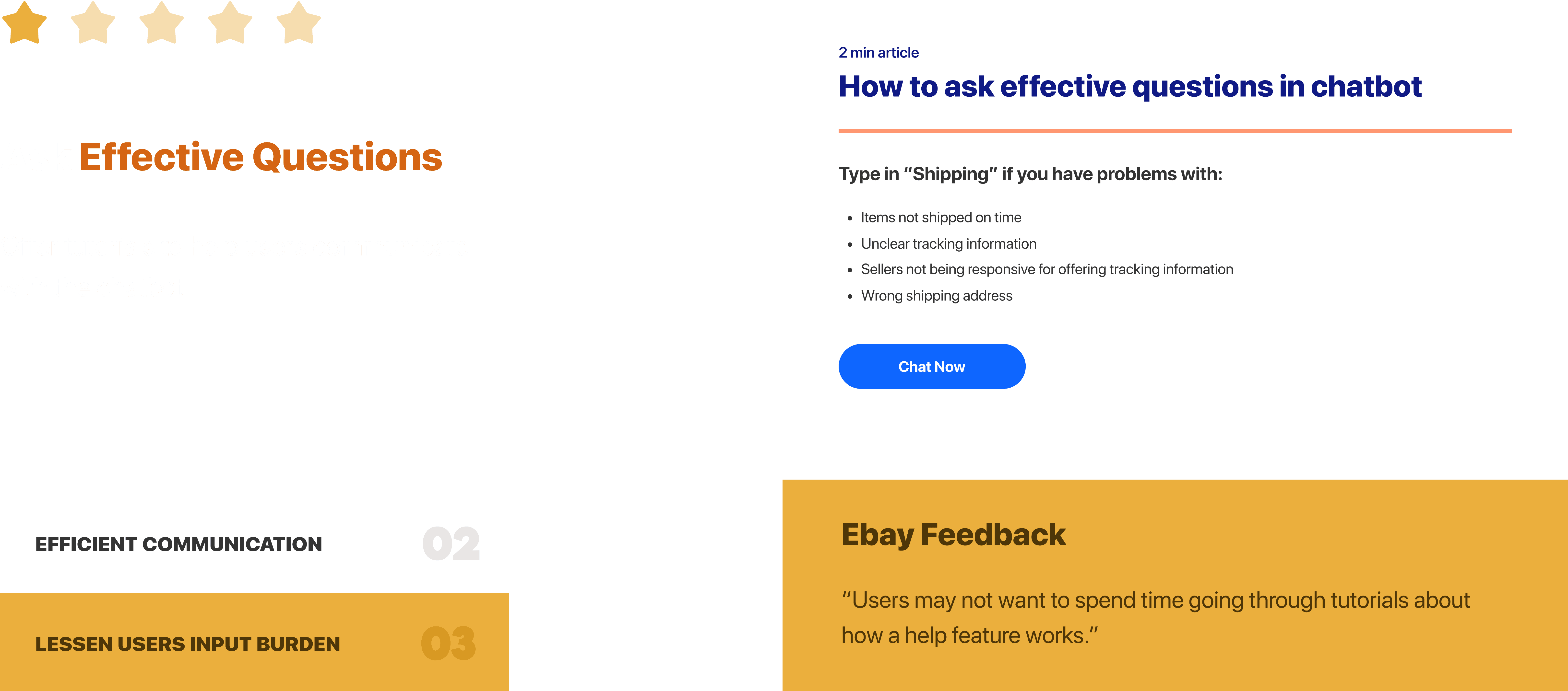
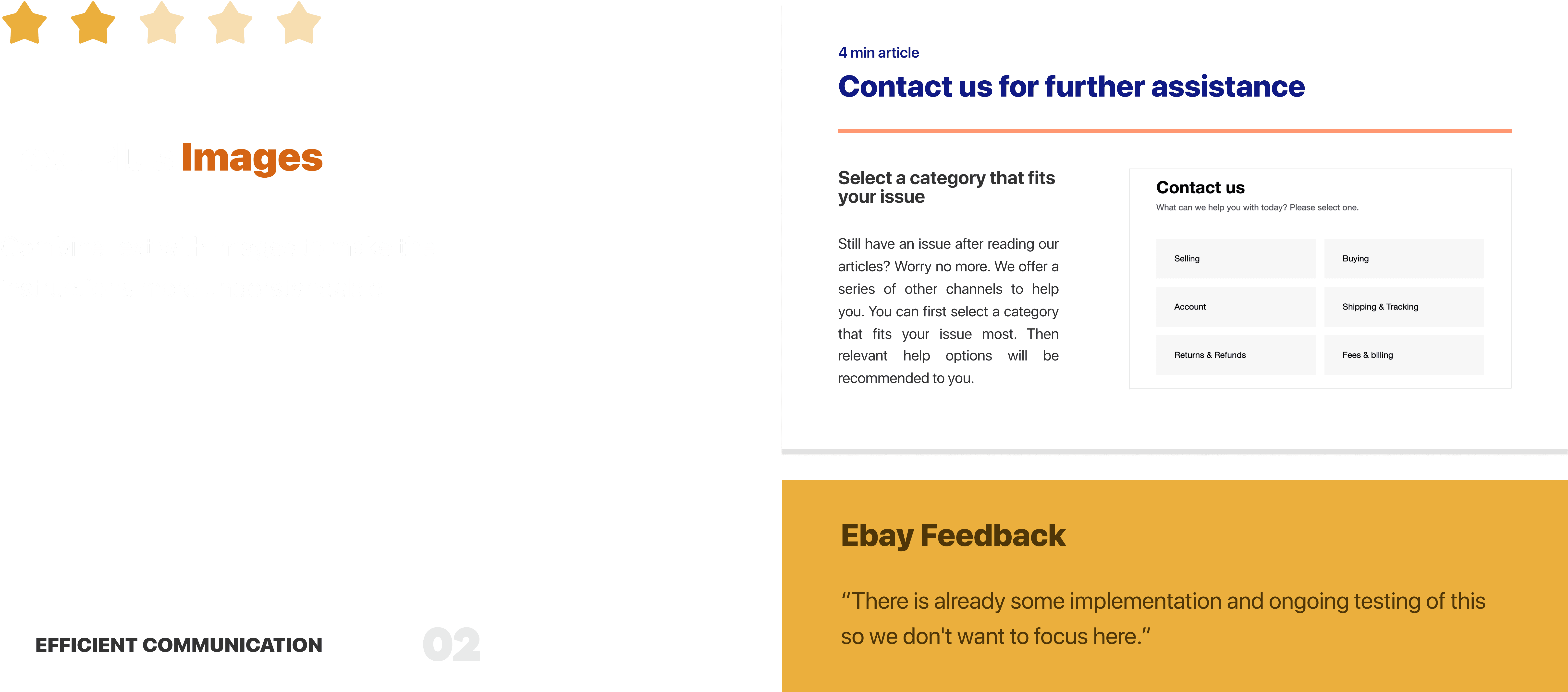
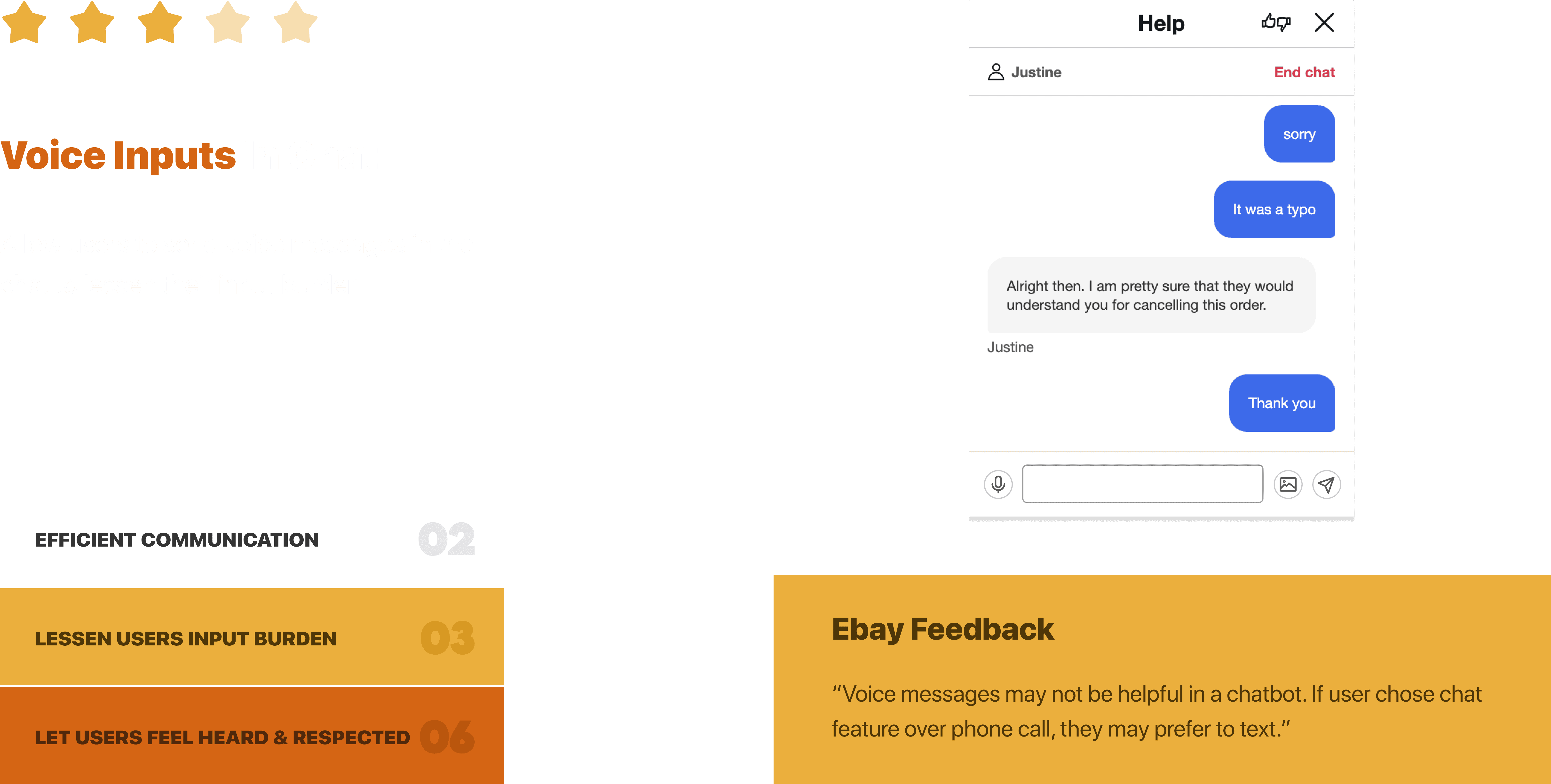
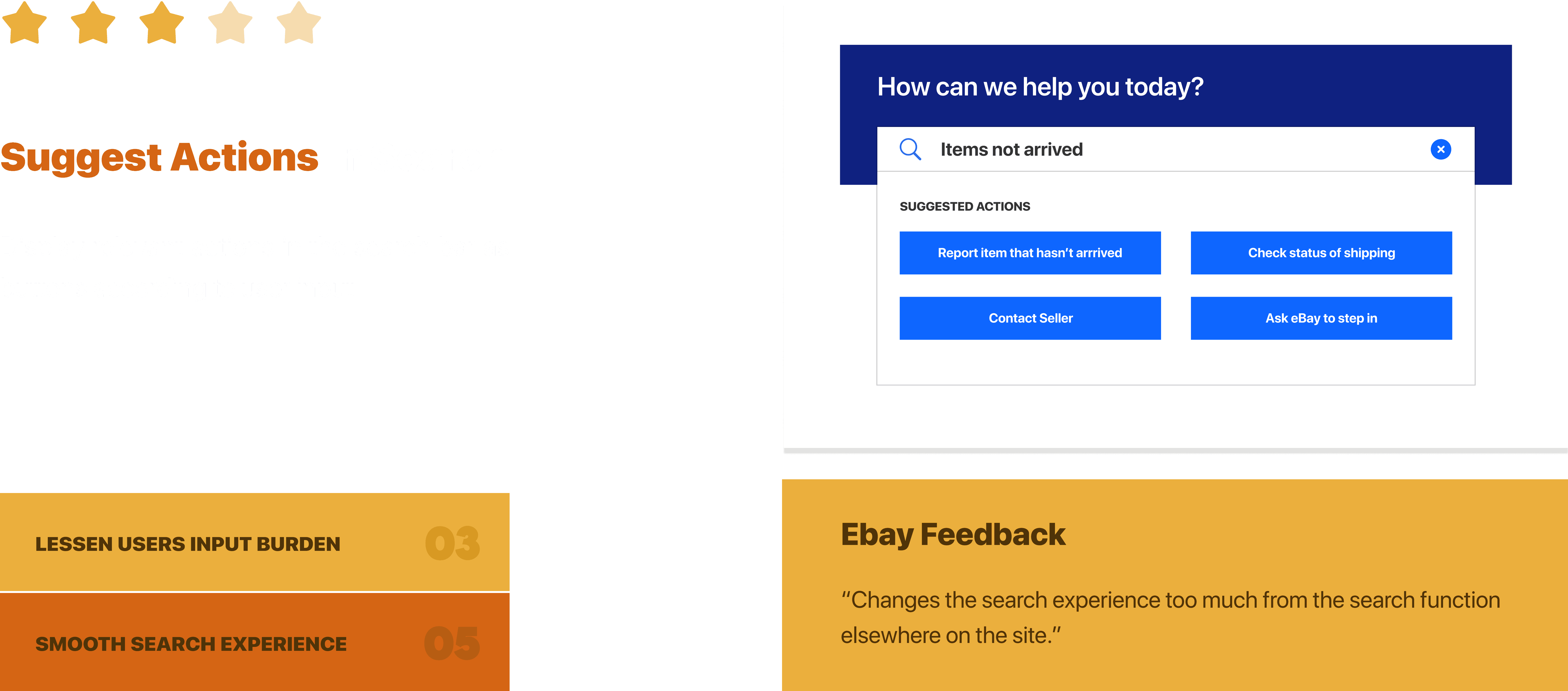
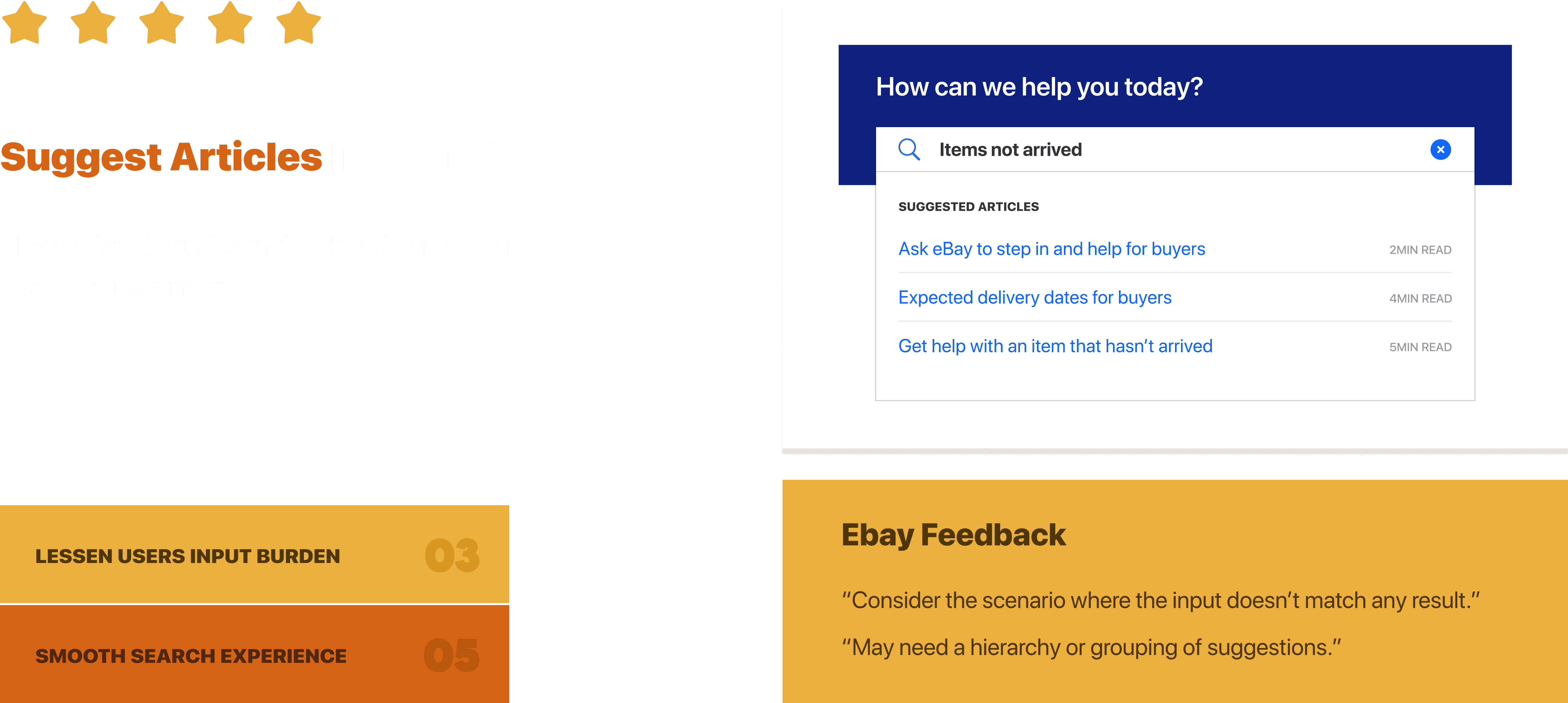
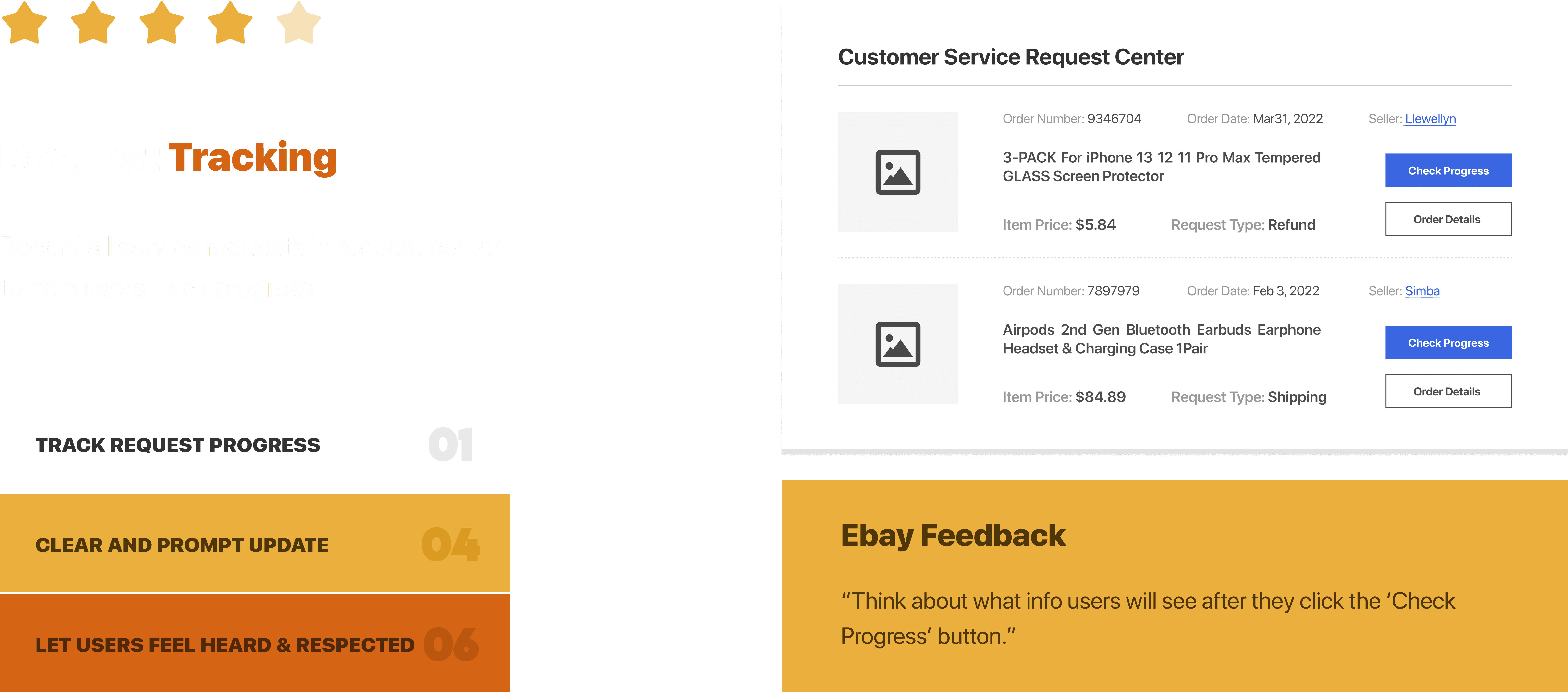
Prototype - Search Bar
"Search Articles in Search Bar" got the highest score (5/5) during the evaluation process. Therefore, we decided to work on this feature further. 3 versions of design were created, which corresponded to different search scenarios.
Prototype - Search Bar
"Request History Tracking" got the second highest score (4/5) in evaluation. We experimented with 2 design versions for this feature as well. Each version uses a different way to visually display request progress and estimated completion time.
Interactive Prototypes
Lessons Learned
During the course of this project, we obtained a load of valuable learning outcomes. Among them, three lessons particularly stand out, which can be summarized as "multiple versions," "user recruitment," and "customer service."

Thanks for stopping by.
Previous
UP next







